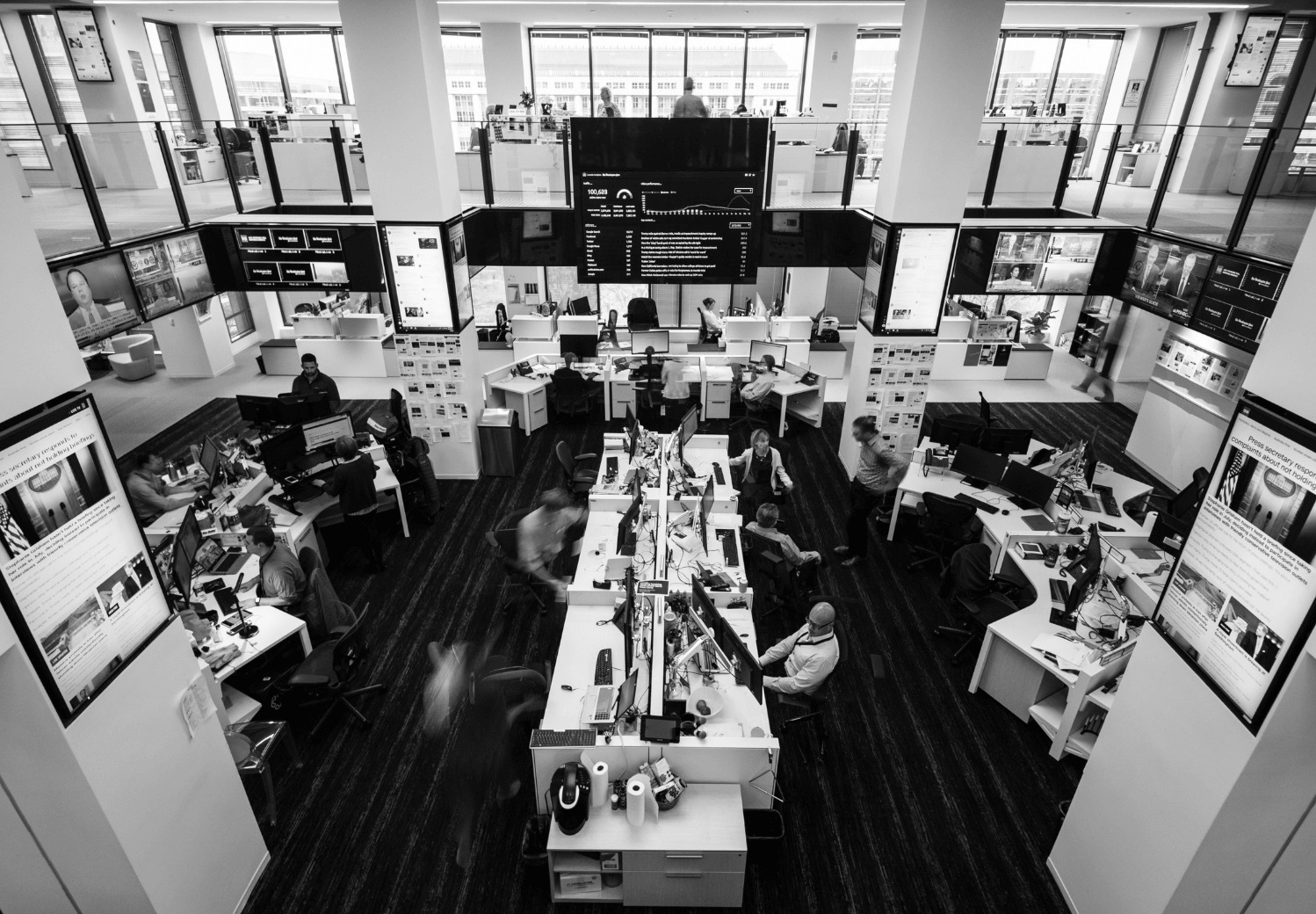High Tech Journalism
Fred Ryan
10.15.20
As Publisher of The Washington Post, Fred Ryan has to steer the company through shifting waters, managing the balance between print and digital publications in a globalized news space. As news organizations become increasingly global, Fred has invested in technology in the newsroom, equipping his reporters with the tools needed for modern news.
Summary:
As Publisher of The Washington Post, Fred Ryan has to steer the company through shifting waters, managing the balance between print and digital publications in a globalized news space. As news organizations become increasingly global, Fred has invested in technology in the newsroom, equipping his reporters with the tools needed for modern news.
Thuy

Fred Ryan
Thuy

Fred Ryan
Thuy




